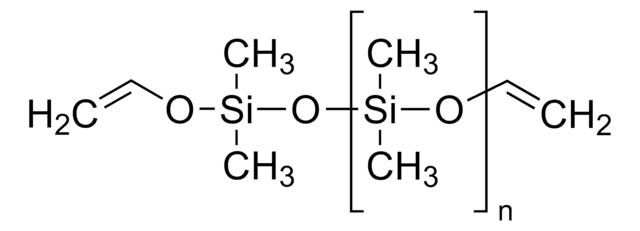Kluczowe dokumenty
L5139
Lycorine hydrochloride
powder, ≥98% (TLC)
Synonim(y):
Licorin hydrochloride, Lychorine chloride, Lycorine HCl
About This Item
Polecane produkty
product name
Lycorine hydrochloride, ≥98% (TLC), powder
Poziom jakości
Próba
≥98% (TLC)
Postać
powder
mp
210-212 °C
rozpuszczalność
ethanol: 10 mg/mL, clear, colorless to very faintly yellow
temp. przechowywania
2-8°C
ciąg SMILES
Cl.O[C@H]1C=C2CCN3Cc4cc5OCOc5cc4[C@H]([C@@H]1O)[C@@H]23
InChI
1S/C16H17NO4.ClH/c18-11-3-8-1-2-17-6-9-4-12-13(21-7-20-12)5-10(9)14(15(8)17)16(11)19;/h3-5,11,14-16,18-19H,1-2,6-7H2;1H/t11-,14-,15+,16+;/m0./s1
Klucz InChI
VUVNTYCHKZBOMV-NVJKKXITSA-N
Szukasz podobnych produktów? Odwiedź Przewodnik dotyczący porównywania produktów
Działania biochem./fizjol.
Przestroga
Hasło ostrzegawcze
Danger
Zwroty wskazujące rodzaj zagrożenia
Zwroty wskazujące środki ostrożności
Klasyfikacja zagrożeń
Acute Tox. 3 Oral
Kod klasy składowania
6.1C - Combustible acute toxic Cat.3 / toxic compounds or compounds which causing chronic effects
Klasa zagrożenia wodnego (WGK)
WGK 3
Temperatura zapłonu (°F)
Not applicable
Temperatura zapłonu (°C)
Not applicable
Środki ochrony indywidualnej
Eyeshields, Faceshields, Gloves, type P2 (EN 143) respirator cartridges
Certyfikaty analizy (CoA)
Poszukaj Certyfikaty analizy (CoA), wpisując numer partii/serii produktów. Numery serii i partii można znaleźć na etykiecie produktu po słowach „seria” lub „partia”.
Masz już ten produkt?
Dokumenty związane z niedawno zakupionymi produktami zostały zamieszczone w Bibliotece dokumentów.
Klienci oglądali również te produkty
Nasz zespół naukowców ma doświadczenie we wszystkich obszarach badań, w tym w naukach przyrodniczych, materiałoznawstwie, syntezie chemicznej, chromatografii, analityce i wielu innych dziedzinach.
Skontaktuj się z zespołem ds. pomocy technicznej

